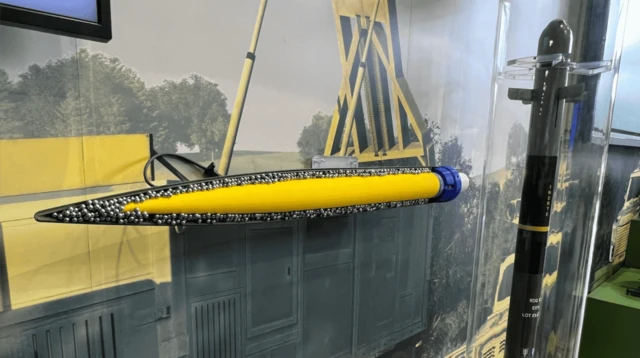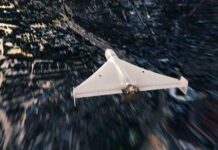Ukrainian troops began using French 70mm Thales missiles with FZ123 warheads to shoot down Russian Shahed kamikaze drones.
According to military sources, these munitions are highly effective against individual UAVs and small groups of attacking drones.
What exactly do Ukrainian units use
According to sources in the Ukrainian Armed Forces, these are 70mm guided/unguided mini-munitions manufactured by Thales and equipped with a fragmentation warhead FZ123.
A number of units have adapted these missiles to be launched from affordable platforms and are using them as a short-range air defence capability against UAVs.
Technical features and application tactics
Range: about 3 km in relation to the launch platform.
Type of ammunition: during the explosion, the warhead scatters a large number of metal elements (balls/fragments) that hit light targets within a radius of approximately 12 metres.
Tactics: missiles are effective in defeating single “shaheds” and small clusters of drones, especially on the approaches to important infrastructure.
«This ammunition gives us an additional tool in the fight against cheap massive UAV attacks,» said one military expert.
Advantages and limitations
Advantages:
high density of damage in the blast zone;
the ability to quickly deploy on local platforms;
relatively low cost per launch compared to more expensive anti-aircraft missiles.
Restrictions:
efficiency decreases against harder or faster targets;
requires accurate reconnaissance/targeting for timely launch at distances up to 3 km;
In densely populated areas, the use of fragmentation munitions is dangerous for civilians.
What this means for drone defence
The use of such mini-missiles demonstrates the diversification of air defence capabilities at the local level: instead of relying on large anti-aircraft systems alone, Ukrainian units are adding mobile, cheaper solutions to repel small, massive attacks. This could reduce the burden on strategic air defence systems and increase the resilience of critical infrastructure.




